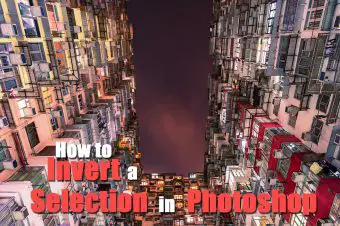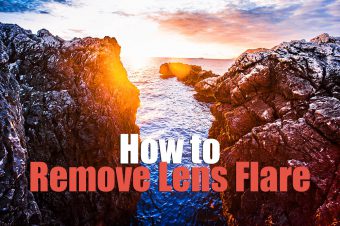Download The Photoshop Color Control ActionPack For Free!
Hi, I’m Tim Daniels from www.lapseoftheshutter.com, and in this video we are going to cover a quick way to selectively sharpen your photos.
Most people sharpen every part of their photos to the same level, but this ignores the fact that different parts of your photo may need different levels of sharpening. If you think about how sharp parts of a scene appear to your eyes when you are taking photos, you might notice that bright areas like the sky tend to be softer, while darker areas like parts of the ground in shade tend to be sharper and easier to find detail in.
Luckily, it’s easy to replicate this effect in Photoshop by selectively sharpening dark areas only. If you want to skip ahead and start doing it straightaway, there is an action in the totally free Photoshop Colour Control ActionPack that sharpens shadows only, and which you can download from www.lapseoftheshutter.com.
To do yourself, you need to create a basic luminosity mask. With your photo open in Photoshop, move to the channels tab and control-click on the rgb thumbnail to select hte 50% brightest pixels in your photo. You may want to refine this mask even further depending on the dynamic range in your photo. You can do that by control-alt-shift clicking on the rgb thumbnail again. This multiplies the mask by itself, making the selection more extreme. Then, invert the selection by going to select->inverse, return to the layers tab and duplicate your backgound layer. This will not duplicate all of it, but only the parts currently selected by the luminosity mask. If you take a look at the layer we just created, you can see that it only contains the darkest parts of our photo.
You can now add your preferred sharpening methods to this layer if you like. I prefer to split the sharpening into two separate parts: Detail and Edges. First, rename your duplicated layer to Sharpen Edges, then duplicate it again and rename to Detail. To sharpen the details layer, you can use unsharp mask, set to 500% and a radius of 2. Once it has run once, run it again. This may seem a lot but we can pull it back later. Change its blending mode to Soft Light, and reduce the opacity to about 25%. You may need to recover contrast that has been lost, so add a curves layer if necessary and clip it to the details layer and add a strong s-curve. That’s the details layer finished. Change the opacity to your liking.
To sharpen edges, we are going to use the high pass filter set to a radius of about 20 pixels. Change it to soft light blending mode again and reduce the opacity to your liking. This can create haloing so keep it at a fairly low level.
Let’s zoom into 100% percent to see how each of these sharpening layers works. Hers the detail layer before/after, and the sharpen edges before/after. You can see that both layers are applied at a high level to the darker parts of the photo, and to a much lower strength to the brighter parts of the photo.
Remember that if you want to skip creating these layers by hand every time, then you can use the action in the free Photoshop colour Control actionpack, available from www.lapseoftheshutter.com, where you will also find plenty of other free tutorials and resources.
Get the Photoshop Color Control Action Pack for free!Subscribe to the mailing list and get a free download link right now






Leave a Reply